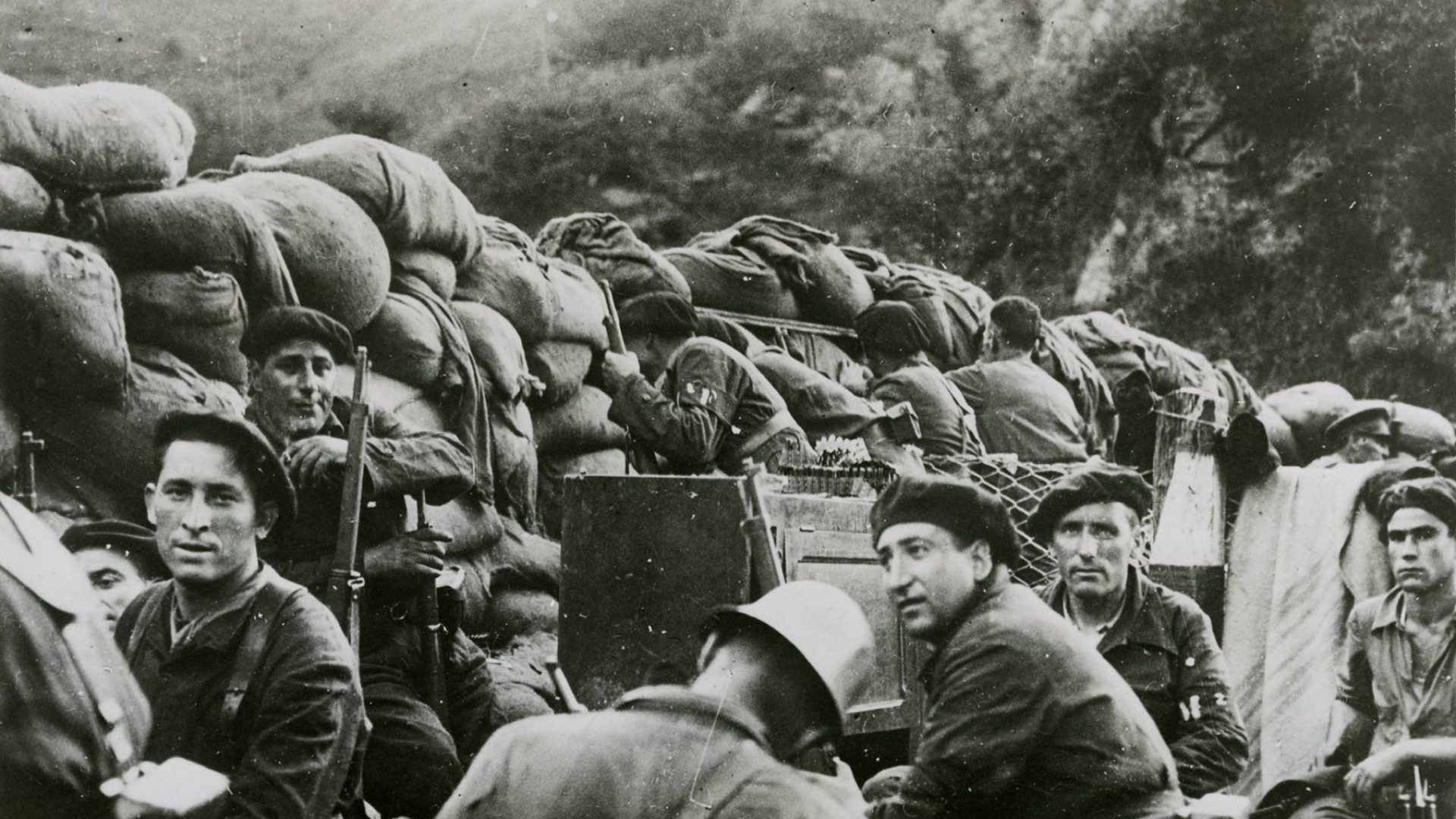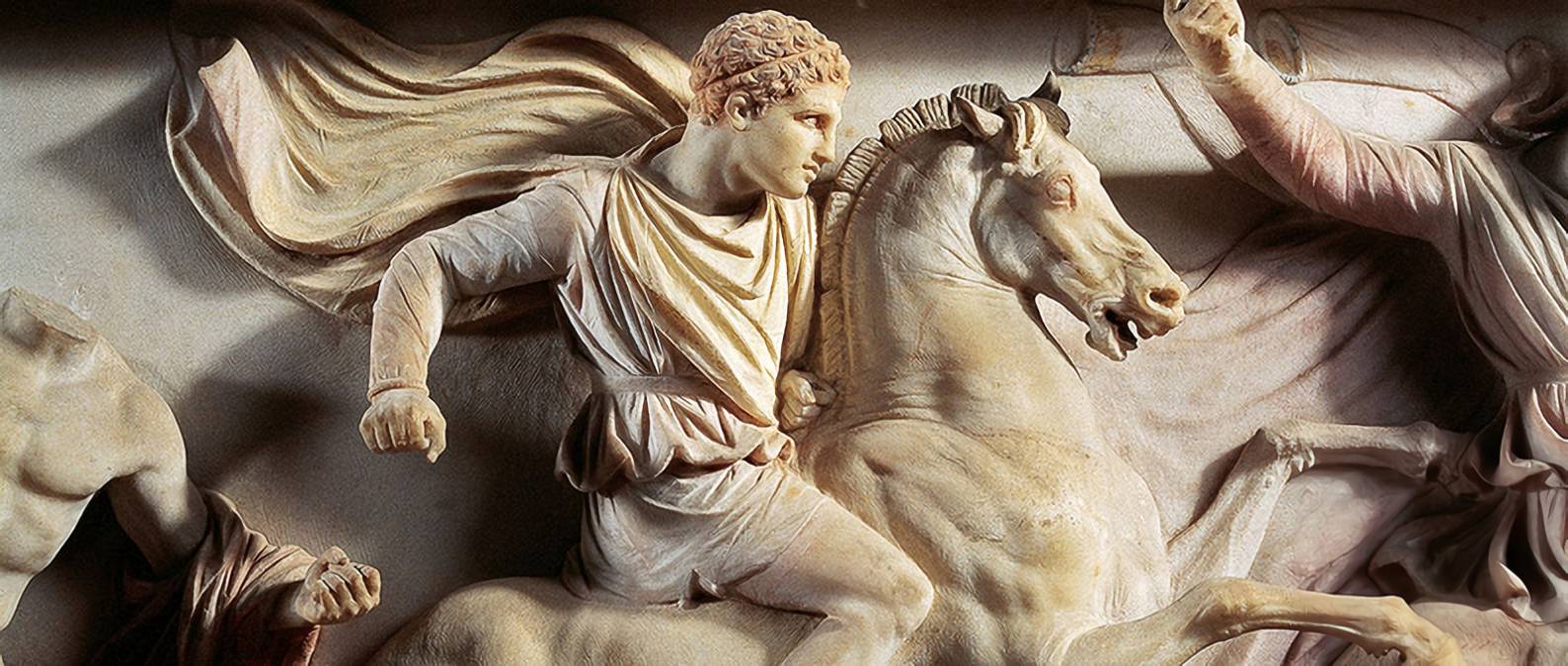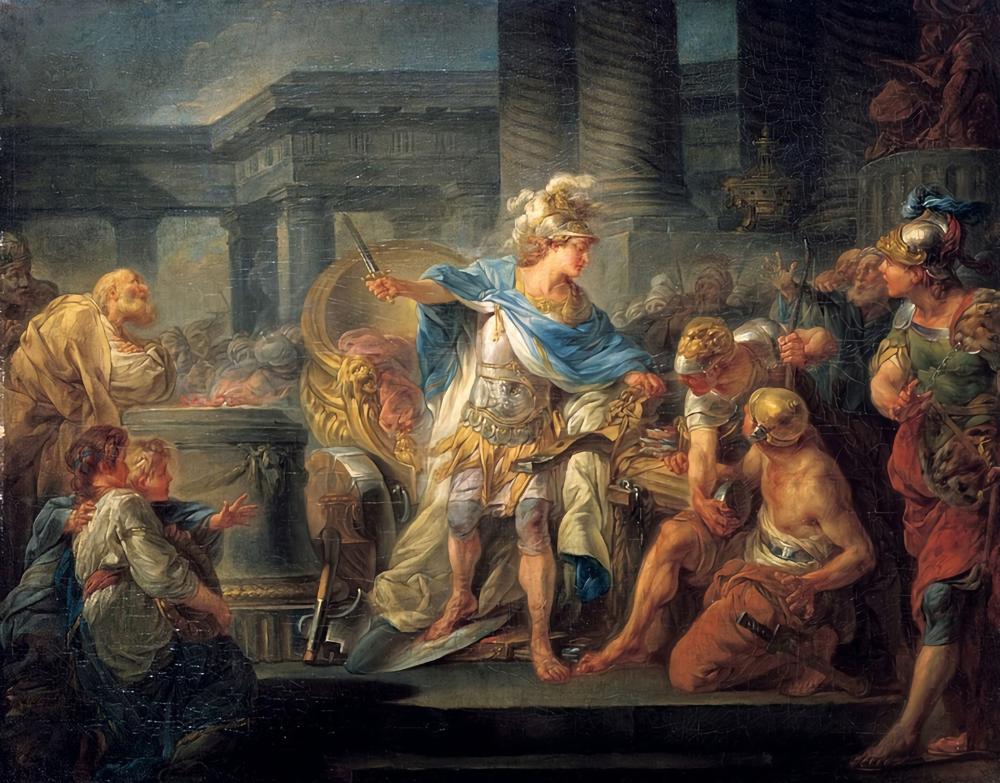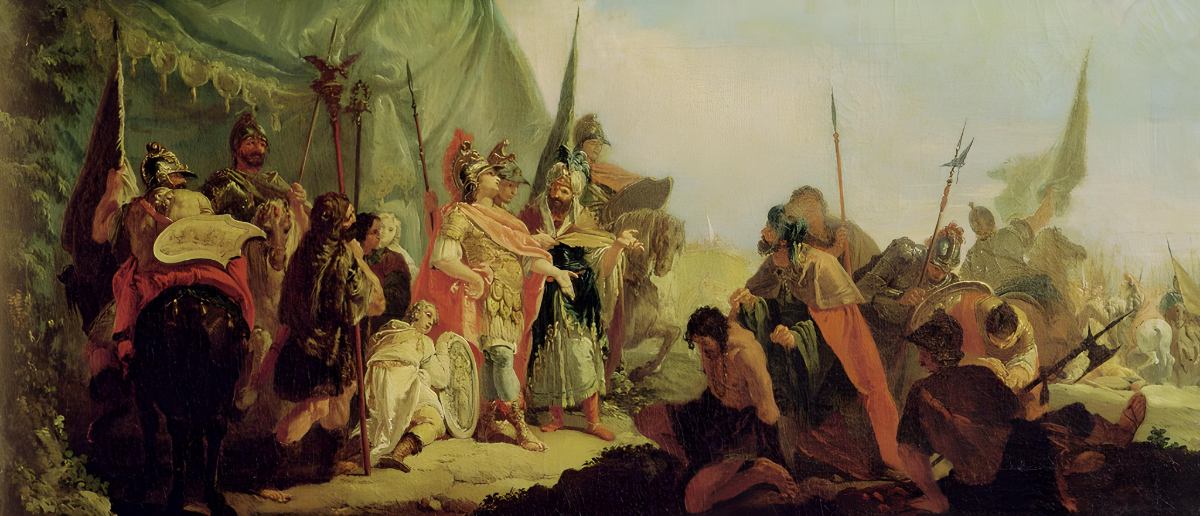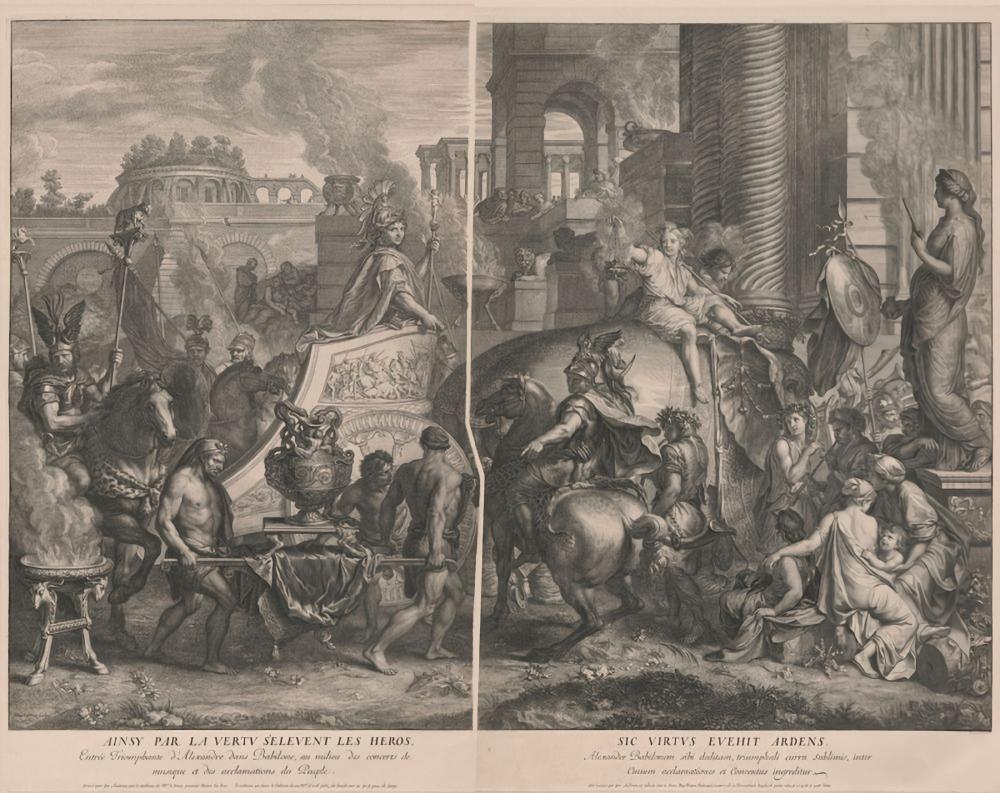The Spanish Civil War lasted from July 17, 1936, through April 1, 1939, and pitted the Spanish government against a nationalist rebellion commanded by General Francisco Franco. Spain was in the midst of severe social, economic, and political instability after a period of dictatorship and the subsequent formation of the Second Republic. The military, supported by monarchists and the extreme right, reacted violently after the Popular Front won elections in Spain in February 1936. The left-wing administration was so set on being toppled that they launched a coup d’état in July 1936, but they were unsuccessful.
In response to the fascist danger, the socialist and communist-led republican movement strengthened its own military forces. It was the beginning of the Spanish Civil War, which pitted nationalists against republicans. Talks between the two parties continued. General Franco led the nationalists to victory, and with the help of Nazi Germany and Fascist Italy, they successfully crushed the Republican resistance. In a nutshell, the nationalists triumphed in the civil war in 1939, resulting in the rise to power of the Franco dictatorship.
What were the causes of the Spanish Civil War?

General Miguel Primo de Rivera staged a coup in Valencia in 1923. He led Spain, which was ruled by a dictatorship at the time, for seven years. When the Great Depression hit in 1929, it sent Spain into a period of economic and social unrest. Primo de Rivera’s backing dwindled over time. As King of Spain, Alfonso XIII deposed him in 1930. While the monarch made an effort to institute constitutional rule, widespread opposition to the monarchy persisted.
There was a formal proclamation of the end of the monarchy and the beginning of the Second Republic by socialists and republicans in April 1931. Anarchist and radical currents’ anger sparked the “bienio negro,” a period of political instability. The fear of a communist takeover on the right and a fascist takeover on the left drove a wedge between the two sides of the nation.

After elections in February 1936, the left-leaning “Frente Popular” (Spanish Popular Front) took control. Toppling this new administration was a concerted effort by generals such as Mola, Sanjurjo, Goded, and Franco. They began their uprising on July 17 and 18 and made their way to Madrid. In an effort to quell public support for the military, the administration has distributed weapons to the populace. Militias were formed by both the left and the right in Spain. A little over a third of the populace backed the nationalists, hence the coup d’état was a failure. Meanwhile, the Spanish social revolution saw armed workers capture enterprises and collectivize land.
How did the Spanish Civil War unfold?

When the Popular Front came to power, the armed forces plotted a pronunciamiento (military revolt) to remove them from office. According to their plan, the military attempted to seize power on July 17, 1936. However, the coup d’état failed because it had little popular backing. Furthermore, workers’ militias equipped with weapons fought the military and even began a social revolution.
Both the nationalists and the republicans, who had armies of almost 500,000 men at the outset of the battle in July 1936, were split into two camps. However, the balance of power was in favor of the nationalists.
General Francisco Franco’s nationalist camp included traditionalists, monarchists, and fascists like the Spanish Falange. Italy’s fascist government and Germany’s Nazi Party both backed the nationalist army. It was well-trained and commanded by seasoned commanders.
There were atheists, socialists, communists, and anarchists all in the Republican camp. After the militias formed, the Spanish army became chaotic. During the month of October, the Popular Army of the Spanish Republic was formed. The Soviet Union and the International Brigades backed the movement. Nonetheless, it lacked the nationalist army’s superior training and hardware.
The Spanish War started when Franco’s army joined Mola’s on the other side of the Strait of Gibraltar. Battles were fought on both sides from a position of strength and from an offensive standpoint. While the nationalists made significant progress in other areas, they were unable to seize Madrid from the Republicans in November 1936. Later, beginning in 1939, Franco’s army methodically eradicated all traces of resistance until the region was completely under their control.
On both sides of the conflict, lives were lost and atrocities were committed. Leftist sympathizers and militants were targeted and killed in the nationalist zone. Union militias repressed right-wing politicians, priests, and even rich families in Republican-controlled regions. Killings in both camps reached the tens of thousands.
The Siege of Madrid

Between November 8 and November 24, 1936, the province and city of Madrid were the site of a series of conflicts known collectively as the Siege of Madrid. On November 8, 20,000 nationalists led by Emilio Mola launched several attacks on the Spanish capital but were driven back by Republican forces. In the days that followed, the Republicans attempted counterattacks, but to no avail.
When it came to advancing their cause on November 19, the nationalists were stopped short of the university area. Afterward, Franco chose to attack the Spanish capital. With both sides exhausted, the front stabilized. After that, the nationalists shifted their focus to other areas, namely the country’s northern regions. The Nationalists did not successfully seize the city until March 28th, 1939.
What role did women play during the Spanish Civil War?
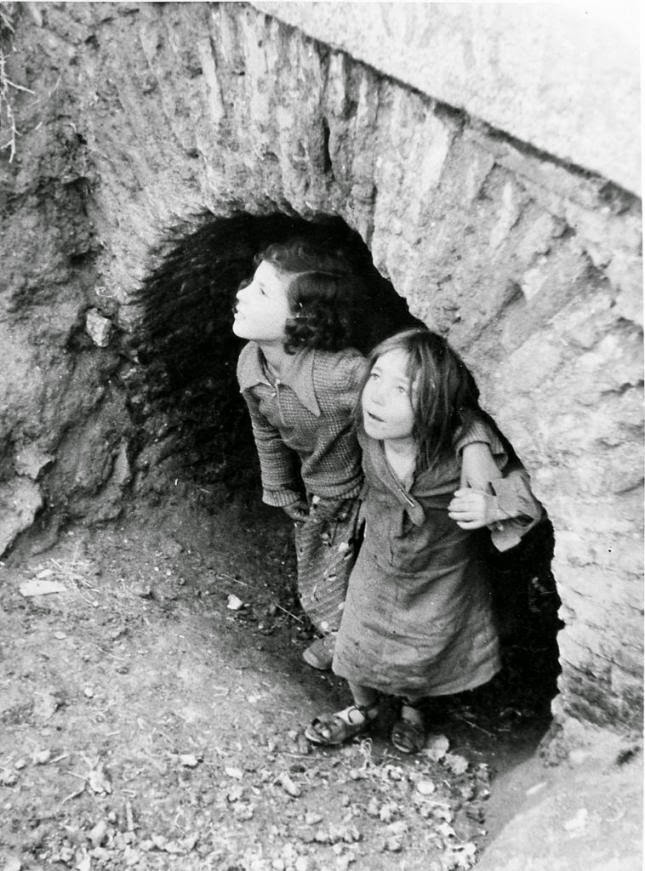
There was a large influx of female Republicans. People of color were often given the right to bear arms and serve as frontline soldiers in most militias. Women participated as nurses and in the back-end logistics of the movement. The republicans solicited female volunteers around Europe, with the stipulation that they had certain skills. Consequently, multinational brigades gained the services of foreign nurses. Spouses of the volunteers who went to Spain were many.
What were the foreign interventions in the Spanish Civil War?
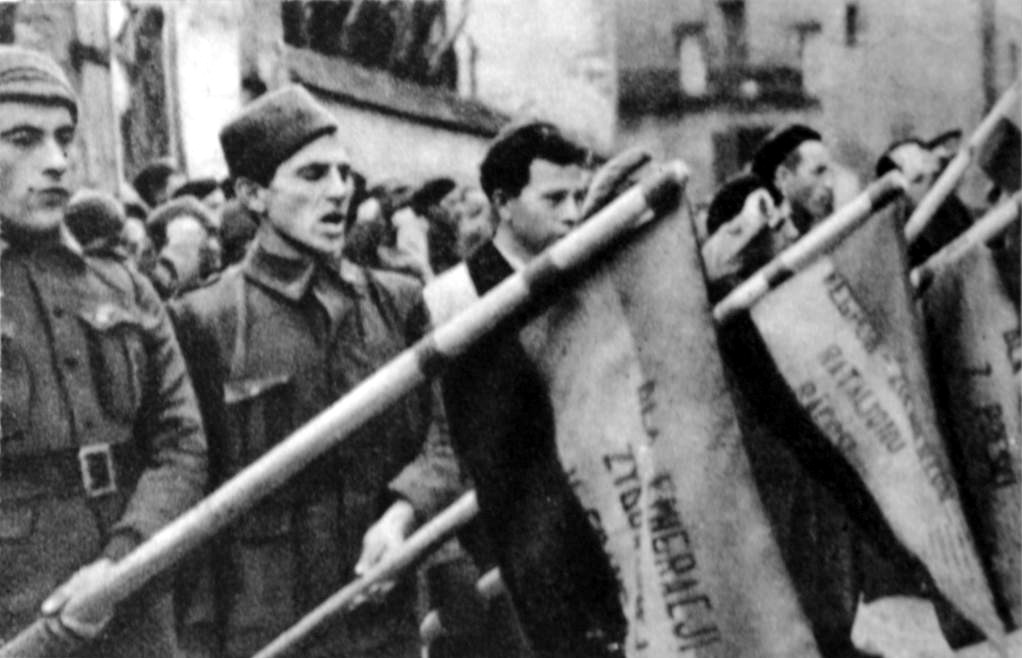
Nazi Germany sent the Condor Legion (17,000 troops), and Fascist Italy sent the Volunteer Troops Corps (10,000 men) to aid the nationalists (75,000 men) during the Spanish Civil War. One legion was also dispatched from Portugal to fight with the Spanish fascists in the Spanish Civil War. In an effort to counter fascism, the Soviet Union provided aid to the Republican cause. The Soviet Union supplied both military hardware and expert advice.
The International Brigades also fought with the Republicans. Protesters included anti-fascists, socialists, communists, and Marxists from all around the world (France, Italy, Germany, the United States, Poland, etc.). It was legally forbidden to supply arms to Spain, and France and the United Kingdom adopted a policy of non-intervention. The two nations did, however, covertly provide the Republicans with weapons.
Which personalities took part in the Spanish Civil War?
André Malraux was one famous figure who fought for the Republicans in the Spanish Civil War. André Malraux led the Espana Squadron from 1936 until 1937. A fellow American author and staunch Republican, Ernest Hemingway, was someone he crossed paths with about this time. For Whom the Bell Tolls is Hemingway’s classic book set during the Spanish Civil War (1940).
In 1936, the British author George Orwell landed in Spain, where he joined the POUM (Marxist Unification Workers’ Party) militia and participated in the Spanish Civil War. After being injured in battle in 1937, he went to England, where he penned homage to Catalonia, which was released the following year.
Who won the Spanish Civil War?
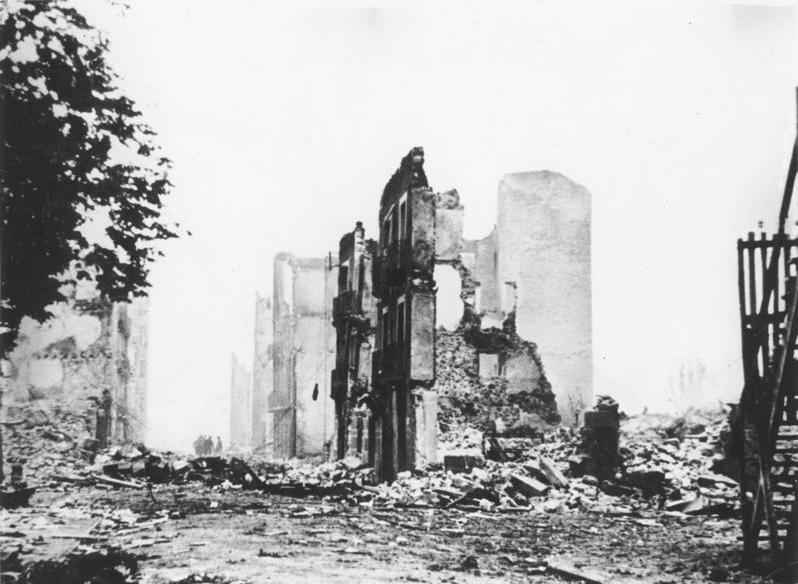
Nationalist forces, commanded by Francisco Franco, ultimately triumphed in the Spanish Civil War. The Nationalists put down pockets of Republican opposition in Spain’s north and east after failing to capture Madrid in 1936. Catalonia fell under Nationalist rule in the first months of 1939. As March came to a close, Franco’s forces were able to capture Madrid. Franco declared Nationalist victory on April 1 and installed a dictatorship that would rule Spain until 1976.
What were the results of this war?
Together, military and civilian deaths during the Spanish War totaled close to half a million. Roughly 110,000 Republicans and 80,000 Nationalists lost their lives throughout the conflict. The civil war also threw many refugees and exiles onto the roads. The populations of France, the United Kingdom, Mexico, and the Soviet Union swelled by around 300,000. After the fall of Barcelona in 1939, Catalan republicans flooded into France seeking refuge. The term for this mass migration is “la Retirada” (Spanish for “The Retreat”).
How to analyze Guernica, the work of Pablo Picasso

One of Picasso’s best-known paintings, “Guernica” depicts the destruction wrought by the Spanish Civil War in 1937. On April 26, 1937, the German air force bombed the city of Guernica, and this picture depicts that event. Picasso’s cubist depiction of a horse, a bull, a dead soldier, and bombing victims is influenced by Goya’s Tres de Mayo, Poussin’s Massacre of the Innocents, and Saint Sever’s Apocalypse. Picasso condemns Nazism and declares his aversion to war with this depiction of carnage and suffering.
KEY DATES OF THE SPANISH CIVIL WAR
April 12, 1931 – Triumph of the Spanish Republicans in the municipal elections
After 8 years of tyranny, Spain conducted its first democratically organized municipal elections on April 12, 1931. Republican candidates fared very well in the elections, and the monarchy of King Alfonso XIII was toppled as a consequence. The monarch abdicated two days after the elections. It was at this point that the Second Spanish Republic was established. After this point of disarray, the Civil War broke out.
April 14, 1931 – Proclamation of the Spanish Republic
Largely because to their success in the April 12 regional elections, Republican candidates declared a new republic. In an abdication marked by military honors, King Alfonso XIII of Spain stepped down from his throne. So as to protect his family, he decided to take them into exile in France. When the left won the elections in June, a democratic constitution would be put into effect.
April 14, 1931 – Proclamation of the Second Spanish Republic
It was on April 14, 1931, after Republican candidates performed well in local elections, that Spain’s Second Republic was established. As the Spanish provisional government was being formed, the king departed Madrid. Following his election as president, Niceto Alcalá-Zamora immediately instituted an agricultural reform. Spain’s Second Republic was eventually toppled by the civil war and Franco’s dictatorship.
October 29, 1933 – Birth of the Spanish Falange
José Antonio Primo de Rivera, the son of Falange founder Miguel Primo de Rivera, established the group. This fascist group supported establishing a nationalist government. It supported General Franco during the Spanish Civil War. In 1936, its creator was put to death. Soon after, Franco would bring together all the factions that backed him in government, and the Falange would be one of them.
December 29, 1934 – Lorca directed Yerma
Federico Garca Lorca, a poet and playwright from Spain, wrote a play named Yerma. In it, a young peasant lady tries to have a kid against her husband’s strong opposition. Part of a trilogy that also includes Blood Wedding (1933) and The House of Bernarda Alba (1936), this novel was written in 1934. Margarita Xirgu, Enrique Diosdado, Ricardo Merino, Pilar Munoz, Carmen Collado, Pedro López Lagar, and Eloisa Vigo were the actors he enlisted for the play.
February 16, 1936 – The Popular Front wins the elections in Spain
In Spain’s most recent election, the left-leaning “El Frente Popular” alliance defeated the right-leaning National Front and the centrist Popular Party. The new administration was formed under the Republican leadership of Manuel Azana, who exiled General Franco to the Canary Islands. Soon, Spain would descend into civil war as Republicans and Nationalists clashed.
July 13, 1936 – Calvo Sotelo is assassinated
Jose Calvo Sotelo, a representative for the monarchist party, was murdered by Republican police in Madrid. This tragedy was the catalyst for what had been a conspiracy under Generals Sanjurjo and Mola for some time. The legitimate administration had justifiably been wary of these military officers and had expelled them.
Exiled leaders Sanjurjo (in Portugal), Mola (in Pamplona), and Franco (in the Canary Islands) all lived in separate political isolation. The monarchist’s killing also had a role in Franco’s decision to join the insurrection. From that point on, the three generals worked together in an effort to topple the Republican government. War broke out among the people soon after the putsch failed.
July 18, 1936 – Spanish Civil War begins
To overthrow the Popular Front (left) government, the Melilla garrison troops rose up under the command of former army chief of staff General Francisco Franco Bahamonde. A rebellion inside the Spanish military, backed by Generals Mola and Sanjurjo, led to the countrywide outbreak of Civil War. After three years of destruction, the Republicans were defeated, and Franco’s Caudillo dictatorship was established and maintained for the next 36 years.
August 1, 1936 – Leon Blum submits a pact of non-intervention in the Spanish War
French Prime Minister Leon Blum decided to back the Spanish Republicans when war broke out in Spain. However, conservatives, ultraconservatives, and French radicals all opposed military involvement. Also, France’s biggest ally, the United Kingdom, desired to spare Hitler, who backed the nationalists in Spain, and did not want to back the Spanish communists. For his part, Léon Blum advocated a non-intervention agreement, whereby the nations involved would all agree to withhold supplies from Spain.
August 14, 1936 – Franco’s troops seize Badajoz
A few thousand captives were killed during the invasion of Badajoz by Franco’s Nationalist army. The nationalist troops from the south and the north were able to join together in a blockade and bolster their strength thanks to the military’s assistance. The capture of Madrid was the general’s first priority in his quest to topple the Popular Front administration in Spain. However, the initiative was to collide with the Republican-led Nationalist siege of the Alcázar of Toledo.
August 19, 1936 – García Lorca was shot
The poet and playwright Federico Garca Lorca was an early anti-fascist who sided with the Republicans during the Spanish Civil War. He moved away from Madrid to Granada to be near his friend Luis Rosales. The Nationalists, aware of the poet’s political views, detained him on August 16, 1936. Federico Garca Lorca was killed on August 19 in the Andalusian community of Alfacar.
September 27, 1936 – End of the siege of the Alcázar in Toledo
Nationalists of Toledo had been holding out in the Alcázar against armed Republican soldiers since July 22. Though General Franco was mulling an attack in Madrid, he instead opted to lead his troops to Toledo to aid the trapped rebels there. After two months of fighting, most of the stronghold was destroyed, and the Republicans opted to join Madrid to bolster its defenses. The nationalist rebels, for their part, were freed from their entrenchment. With this triumph under his belt, Franco would undoubtedly move closer to gaining Italy and Germany’s formal recognition.
October 1, 1936 – Franco proclaims himself Caudillo
In Burgos, General Franco, leader of the Spanish nationalist insurgents, was named “generalissimo” and ruler of state. In honor of the medieval Spanish knights who drove the Arabs out of Spain (Reconquista), he decided to go by the name Caudillo. Three years later, in 1939, Franco emerged victorious from Spain’s terrible Civil War against the Republican government. From 1975 until his death, he would control Spain with an iron fist.
November 6, 1936 – The legal Spanish government fled to Valencia
The administration of Madrid fled to Valencia when Largo Caballero was in control. Despite General Miaja’s best efforts, Franco’s army was able to launch an onslaught towards the city. The Republican organization and the intervention of the International Brigades were, however, delayed because of the siege of the Alcázar of Toledo. This meant the nationalist military invasion did not instantly succeed. Madrid finally capitulated after 28 months of struggle.
November 20, 1936 – Death of José Primo de Rivera
Primo de Rivera, the leader of the fascist Spanish Falange organization, was put to death by the country’s democratically elected government in 1933. Miguel Primo de Rivera, the ruler of Spain from 1923 to 1930, was his father. As soon as the Popular Front took power, they outlawed his group. Participating in the nationalist uprising of July, Rivera was arrested on the sixth day of the uprising. He was summarily tried and then shot, and was elevated to the rank of martyr by Franco’s regime.
March 18, 1937 – The Italians were pushed back by the International Brigades in Spain
At the outset of the Spanish Civil War, the International Brigades fought with the Republicans and were instrumental in defeating the Italian fascist troops who had joined themselves with Franco. The latter tried to take Guadalajara in order to divide the Republican territory.
Franco had been attempting to destabilize the capital city by seizing the territory surrounding Madrid for months. Republican forces had enough self-assurance after the Nationalists’ setback at Guadalajara to seize Teruel at the beginning of the next year. Human casualties, though, were and would continue to be significant on all sides.
April 19, 1937 – Franco unites the nationalist political parties
In 1937, the anti-republican movement included a wide range of perspectives and ideologies, including the Phalange, monarchists, Carlists, CEDA (Spanish Confederation of Autonomous Rights), etc. The “Falange Española Tradicionalista y de las Juntas de Ofensiva Nacional Sindicalista” (FET y de las JONS a.k.a FET-JONS) was a political party founded by Francisco Franco to consolidate his control. The other political parties were dissolved. He subsequently established a fascist-style regime. In 1977, there was no longer a single party.
April 26, 1937 – Bombing of Guernica
More than 1,600 people were killed when the German air force bombarded the Spanish Basque town of Guernica for three hours during a market day. Hitler sided with General Franco during the Spanish Civil War and supported Franco’s plan to intimidate civilians. Later that year, Picasso created his most powerful piece on the subject of Guernica.
1937 – Picasso creates Guernica, a painting that expresses his revolt against the war
On April 26, 1937, Spanish painter Pablo Picasso, while residing in Paris, heard about the bombing of Guernica, a Basque village. Picasso, outraged by this act of violence, spent the period between May 1 and June 4 painting a work depicting the tragedy of the attack. One of Picasso’s most iconic works would soon be this cubist masterpiece. It was not shown in Spain until 1981, long after Franco had died and the Museum of Modern Art in New York had taken possession of it.
May 1937 – New Spanish Republican Government
Juan Negrín, a socialist, succeeded Largo Caballero, a Republican, as president. To keep the Spanish Civil War under control, a campaign of counterattack against the nationalist revolutionaries was implemented. Both Phalangists and Trotskyists (POUM) were put to death by the government, with the help of the communists. The new administration would meet in Barcelona, but it would likely be hampered by internal disagreements.
June 19, 1937 – Bilbao fell to Franco’s forces
Franco’s army, led by General Mola, had been advancing into northern Spain since March. Following their transit through the Basque Country, where the horrific bombing of Guernica took occurred, the nationalists eventually made it to the city of Bilbao (Basque Country, northern Spain). It didn’t take long for them to seize control. Franco eventually came to conquer Santander and Asturias.
January 9, 1938 – Republican offensive on Teruel, Spain
When the Nationalists advanced into northern Spain, the Republican army counterattacked with a victorious operation against the city of Teruel. Since 1936, Republicans and Nationalists (Franco) had been engaged in bloody combat in Spain’s Civil War. In the end, the legitimate (Republican) administration was left disappointed. When the city was bombarded by the Francoists on February 22, the forces were compelled to evacuate, resulting in heavy casualties.
April 15, 1938 – The Republican territory was divided by Franco’s troops
Franco’s armies reached the coast of what was now the Mediterranean Sea, effectively cutting off Valencia and the rest of Catalonia from the rest of Castile. Hence, Franco’s disastrous onslaught against Barcelona was able to commence. Catalonia was invaded on January 26, 1939, and its capital city surrendered despite fierce Republican fighting along the Ebro River. Finally, on March 28, 1939, Franco’s forces were victorious, ending the Spanish Civil War and establishing their dictatorship.
January 26, 1939 – Barcelona falls to Franco’s forces
The capital of Catalonia was taken by nationalist forces led by General Yagüe and Solchaga. The Republicans took refuge in France, where they were met by a flood of over half a million supporters. Rapid decline was coming to both Madrid and Valencia. By April, the Spanish Civil War would be over.
February 27, 1939 – France recognized the Franco regime
General Franco’s Spanish government, founded in Burgos, was acknowledged by the Chamber of Deputies after hearing Léon Bérard’s report as “chargé de mission” to the Spanish nationalists. The civil war was not yet over. They made Marshal Pétain the French envoy to the Franco regime.
March 5, 1939 – The Republican government of Negrín is overthrown
In Madrid, General Miaja led a junta that ousted the republicans and fought against the communists. The latter had previously been part of the resistance led by Negrín. The newly installed administration saw the need to put an end to the resistance and prioritized talks with Franco over the capitulation of the Spanish capital. As of March 28th, Madrid was peacefully invaded.
March 28, 1939 – Republican surrender in Madrid
The Spanish capital was invaded by General Franco’s First Nationalist Army. The military took over the government offices at lunchtime. Republicans, being on the losing side, either gave up or ran. When Madrid finally fell, the Republican and Nationalist forces in Spain’s Civil War, which had been going on since 1936, were finally defeated. From 1964 to 1976, Francisco Franco Bahamonde, better known as “Franco,” ruled as a dictator.
Bibliography:
- Cox, Geoffrey (1937). The Defence of Madrid. London: Victor Gollancz. OCLC 4059942.
- Dawson, Ashley (2013). The Routledge Concise History of Twentieth-century British Literature. New York: Routledge. ISBN 978-0415572453.
- Rust, William (2003) [1939]. Britons in Spain: A History of the British Battalion of the XV International Brigade (reprint). Pontypool, Wales: Warren & Pell.
- Seidman, Michael (2017). Transatlantic antifascisms : from the Spanish Civil War to the end of World War II. Cambridge University Press. ISBN 978-1108417785.
- Werstein, Irving (1969). The Cruel Years: The Story of the Spanish Civil War. New York: Julian Messner.
- Thomas, Hugh (2001) [1961, 1987 (Penguin)]. The Spanish Civil War. London: Modern Library. ISBN 0141011610.
